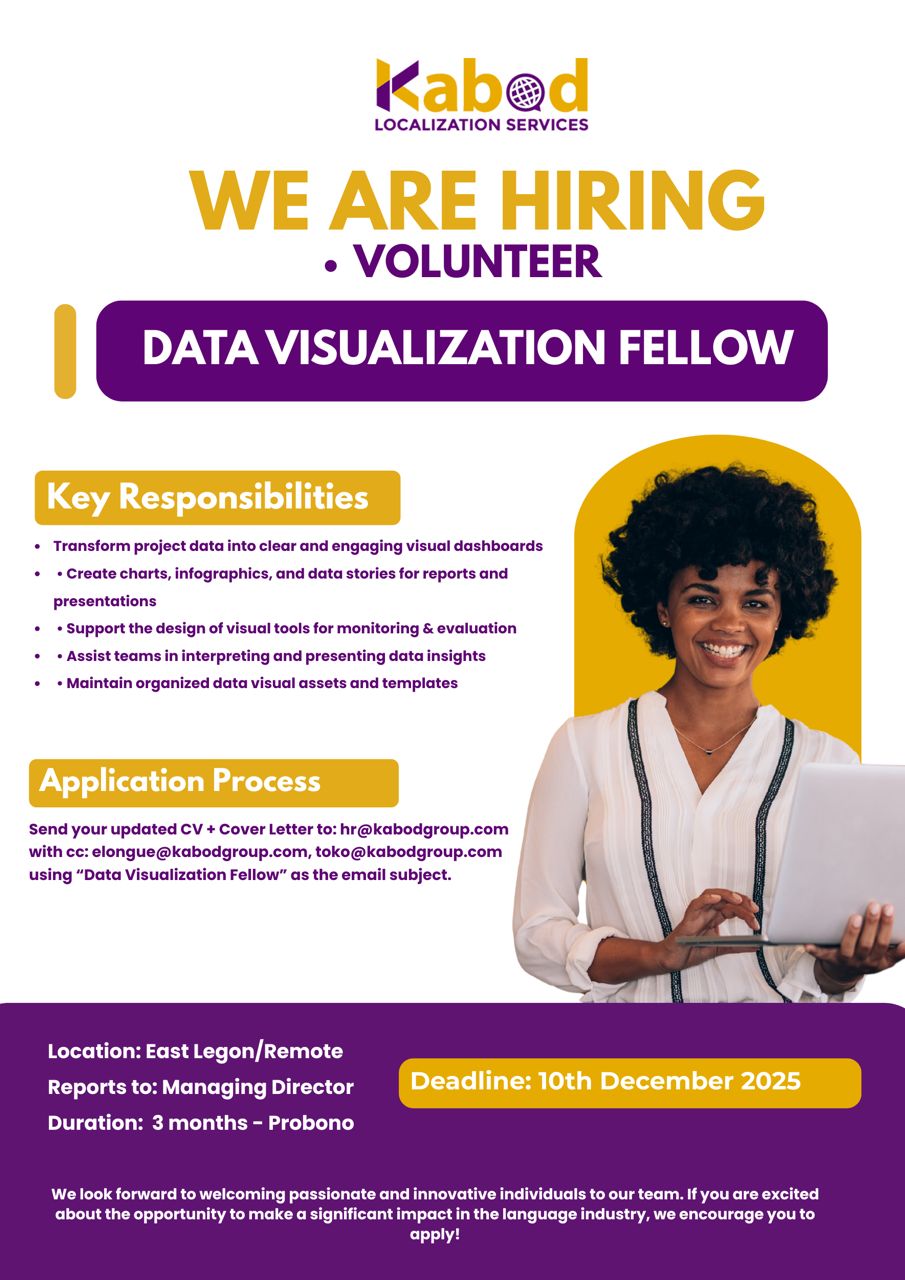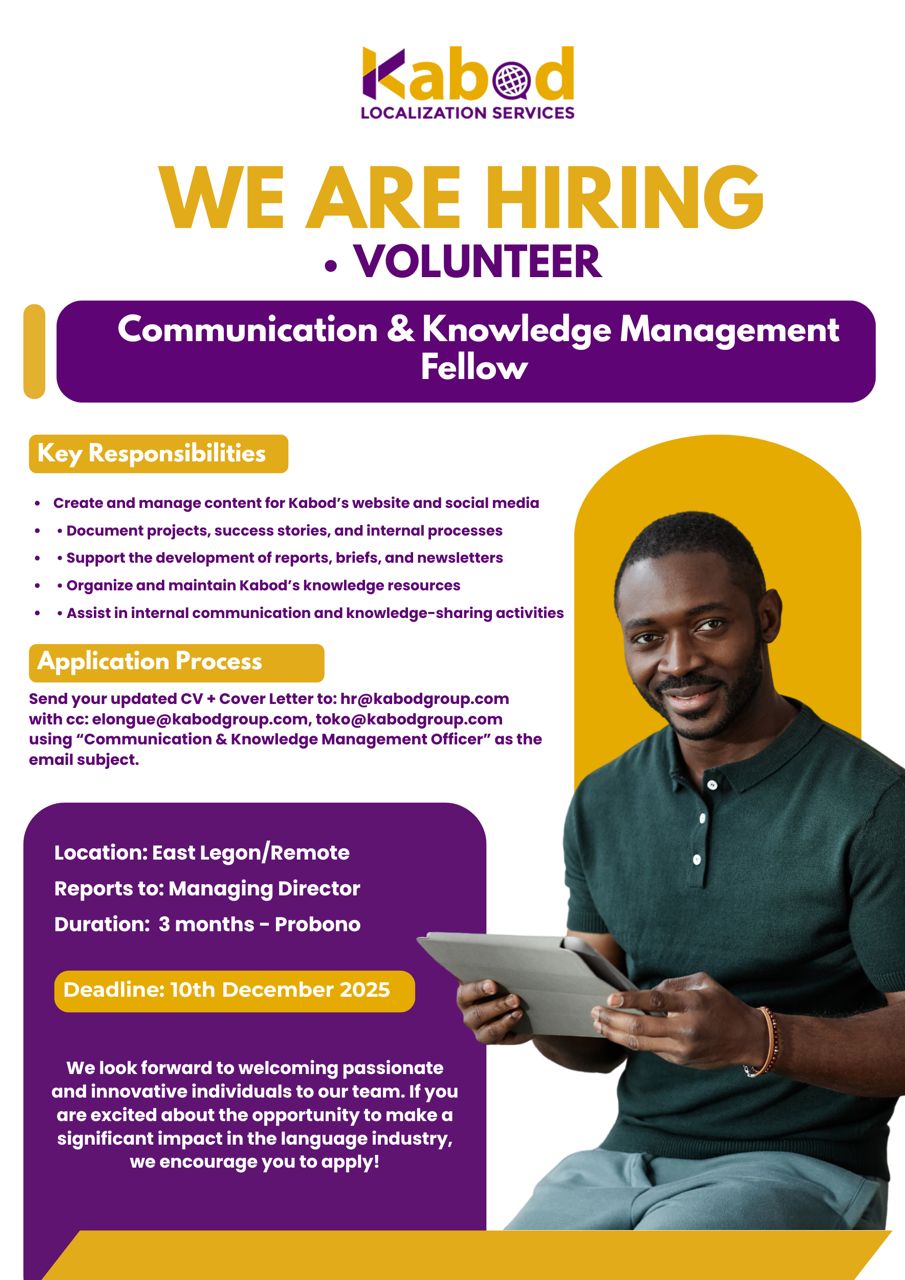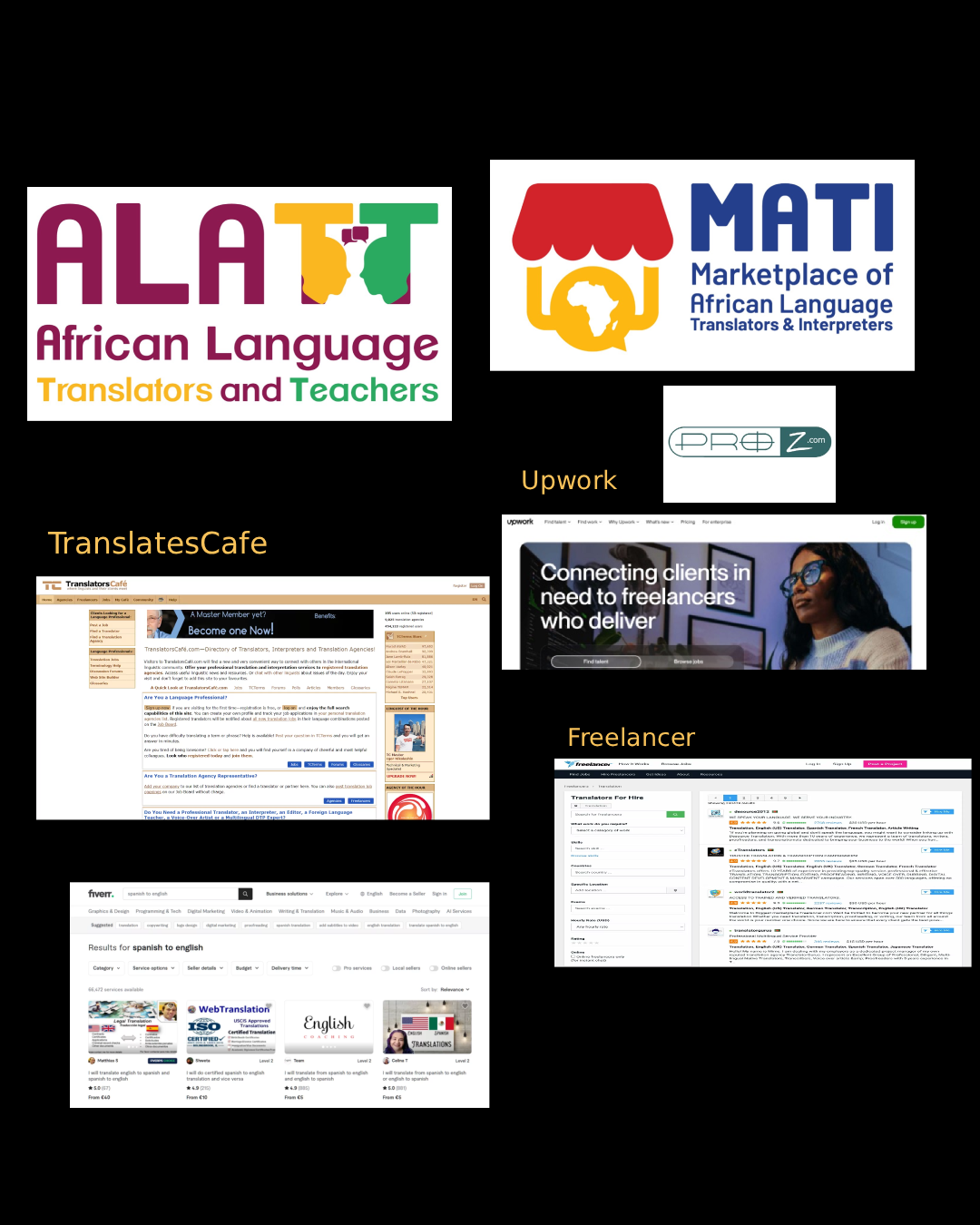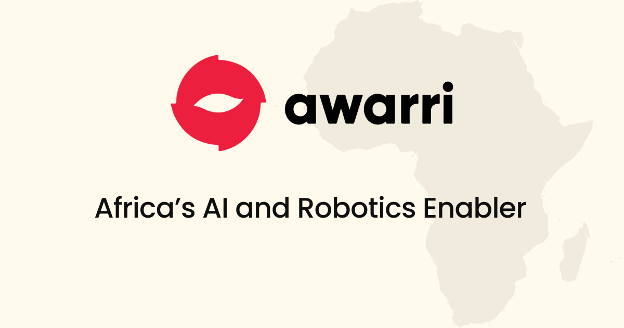By Christus CODO, People Management Unit, Kabod Group
As an HR expert, employee engagement is a crucial factor in the success of Kabod. Engaged employees are more productive, satisfied with their work, and likely to stay with their company for longer. In contrast, disengaged employees may be less productive, less satisfied, and more likely to leave their jobs, resulting in higher turnover rates and decreased morale. For this reason, companies need to prioritize employee engagement and take proactive steps to improve it.
In this article, we’ll explore seven effective ways to boost employee engagement, including creating a positive work culture, providing opportunities for growth and development, recognizing and rewarding good work, encouraging communication and collaboration, ensuring work-life balance, encouraging employee empowerment, and fostering a sense of community. By implementing these strategies, companies can create a more engaged and motivated workforce, leading to improved performance and a more positive work environment.
- NEW HIRE ONBOARDING
Onboarding is a critical step in the hiring process, where new hires are introduced to their roles, the company culture, vision, mission, and the team they will be working with. A well-executed onboarding process can have a positive impact on employee engagement, which in turn leads to improved productivity and employee retention. It is essential because it sets the tone for the employee’s entire experience with the company.
At Kabod, when employees feel welcomed and supported during the onboarding process, they are more likely to have a positive attitude toward their work and feel connected to Kabod’s Mission and values.
It is therefore good to have a well-defined onboarding plan to follow. For example, I asked our recruit at Kabod: What is your expectation from the HR department on your first day at work? Here were his answers: HR should make available the desk and working tools of new employees before reporting to work. HR should also collect data on new employees’ place of residence, and expectations, and spell out their roles when they report to work. If required, HR should also prescribe a dress code for employees.
At Kabod, I developed an onboarding checklist to maintain consistency in our recruitment process and avoid skipping something essential to the employee. Below are a few tips I learned, which could be useful to you too:
- Begin the onboarding process as soon as the employee accepts the job offer. Send a welcome email and provide information about the organization and the onboarding process.
- Develop a comprehensive onboarding plan: A well-designed onboarding plan should include information about the organization’s culture, values, policies, and procedures, as well as training and development opportunities.
- Provide mentorship and support: Assign a mentor or buddy to new employees to help them navigate their new role and understand the organizational culture. Provide regular check-ins and opportunities for feedback.
- Incorporate team-building activities: Team-building activities can help new employees build relationships with their colleagues and feel more connected.
- Measure success: Collect feedback from new employees about their onboarding experience and use that feedback to improve the process for future employees.
- FOCUS ON COMMUNICATION
Communication is a critical factor in boosting employee engagement. When employees feel heard and valued, they are more likely to feel invested in their work and committed to the organization’s success. At Kabod, we have a direct line of communication with our employees. We are encouraged to regularly share feedback, and have opportunities to safely voice our concerns or suggestions. We are planning to start an employee newsletter to keep everyone informed about what’s going on in the organization.
So I’d also encourage you to actively listen to employee feedback and concerns, provide regular updates on company progress and goals, and encourage collaboration and information-sharing across teams. By prioritizing communication, you can create a more transparent and inclusive work environment, leading to increased employee engagement and ultimately, better business outcomes.
- CREATE A RECOGNITION PROGRAM
Recognition programs are another effective way to boost employee engagement. When employees feel recognized and appreciated for their hard work, they are more likely to be motivated and engaged in their jobs. Recognition programs can take many forms, from formal awards and bonuses to informal shout-outs and praise. To be effective, recognition programs should be tied to specific goals and behaviors that align with the company’s values and objectives. Leaders can also involve employees in the design and implementation of these programs to ensure they feel valued and included.
The Kabod recognition program has helped to create a culture of appreciation and positivity, leading to increased employee engagement and retention. At the end of every month, we conduct an employee performance review for each staff which is used to determine the best employee in the various award categories such as best blogger, brand ambassador, best communicator, best performance, etc… We have transparent and comprehensive scoring criteria that help to determine the best employee for each category. Winners are rewarded with cash and other non-financial prizes.
- FOSTER PROFESSIONAL DEVELOPMENT
Another way to increase employee engagement at work is to invest in their growth and development. Find and share opportunities with them where they can grow. This shows employees that you value their professional development. Kabod supports professional development in many ways, such as offering training and development programs, mentorship opportunities, and career advancement paths. As a Knowledge Management firm, Kabod encourages employees to take ownership of their learning by identifying learning resources, programs, and tools that are needed for their professional growth and upskilling. We value learning because it’s the root of innovation, continuous growth, and resilience.
So, by investing in the professional development of your staff, you will not only improve their engagement but also build a more skilled and capable workforce, ultimately leading to better business outcomes.
- Promote Work-Life Balance
When employees can balance their work responsibilities with their personal lives, they are more likely to feel motivated and satisfied with their jobs. Kabod does this by offering flexible work schedules, remote work options, and paid time off.
As a company leader or HR, you can also encourage employees to take breaks and prioritize self-care to avoid burnout and stress, which are significant issues in today’s workplace. By promoting work-life balance, companies can create a more supportive and compassionate work environment, leading to increased employee engagement and better performance.
- ENCOURAGE EMPLOYEE EMPOWERMENT
Empowering employees to take ownership of their work and giving them the autonomy to make decisions can be powerful motivators. Leaders can encourage employee empowerment by delegating tasks, soliciting employee input on important decisions, and providing opportunities for employees to lead projects and initiatives. At Kabod, I noticed that when employees feel trusted and empowered, they are more likely to stay longer and be more invested in their work.
- FOSTER A SENSE OF COMMUNITY
Creating a sense of community and belonging within the workplace can also boost employee engagement. Companies can foster a sense of community by organizing team-building activities, social events, and volunteer opportunities. At Kabod, we encourage employees to collaborate and work together on projects to build a sense of camaraderie and teamwork. To foster a sense of community, we organize monthly fasting, corporate morning devotionals and prayers, and birthday parties with gifts, where teams can relax, laugh, connect, and build friendships beyond the workplace.
Conclusion:
In conclusion, boosting employee engagement is essential for creating a productive, positive work environment that leads to better business outcomes. By prioritizing communication, recognition, professional development, work-life balance, employee empowerment, and community-building, companies can create a workplace culture that values and supports its employees. These strategies are applied at Kabod and have helped us increase employee motivation, job satisfaction, and retention, leading to a more engaged and committed workforce. Ultimately, by investing in employee engagement, you can build a strong foundation for success and growth, both now and in the future.





